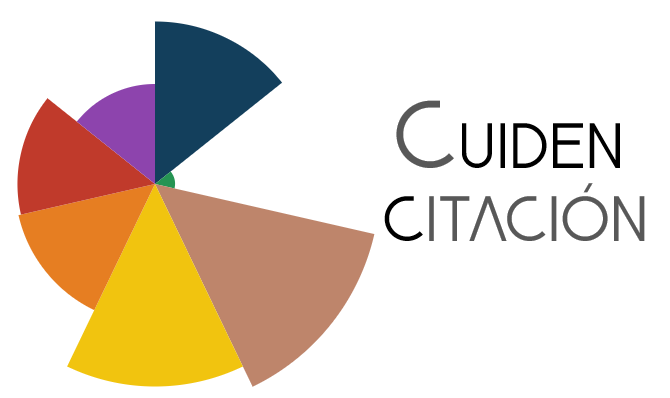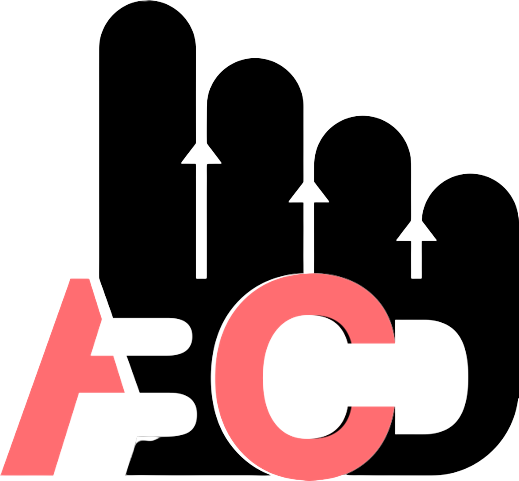Psychometric properties of the Brazilian version of the Wound Quality of Life questionnaire
DOI:
https://doi.org/10.15253/2175-6783.20202143855Keywords:
Wounds and Injuries; Quality of Life; Validation Study; Nursing Methodology Research; Surveys and Questionnaires.Abstract
Objective: to evaluate the criterion validity and reliability of the Portuguese-Brazilian version of the Wound Quality of Life. Methods: methodological research with 100 participants. For criterion and reliability validation, the items in the Wound Quality of Life questionnaires were correlated with the Freiburg Life Quality Assessment Wound - Wound Version, using the Spearman correlation test and Cronbach’s alpha. Results: the validity of concurrent criteria had a strong magnitude (0.85) when correlated with the Freiburg Life Quality Assessment Wound; the internal consistency had a Cronbach’s alpha of 0.84. Conclusion: the validated questionnaire has good psychometric properties, is brief, easy to apply and reliable for assessing the quality of life of patients with wounds that are difficult to heal.
References
Parker CN, Finlayson KJ, Edwards HE. Ulcer area reduction at 2 weeks predicts failure to heal by 24 weeks in the venous leg ulcers of patients living alone. J Wound Care. 2016; 25(11):626-34. doi: https://doi.org/10.12968/jowc.2016.25.11.626
Salomé GM, Almeida AS, Pereira, MTJ, Massahud Jr MR, Moreira CNO, Brito MJA, et al. The impact of venous leg ulcers on body image and self-esteem. Adv Skin Wound Care. 2016. 29(7):316-21. doi: https://doi.org/10.1097/01.ASW.0000484243.32091.0c
World Health Organization. WHOQOL: Measuring Quality of Life [Internet]. 2020 [cited Apr 22, 2020]. Available from: https://www.who.int/healthinfo/survey/whoqol-qualityoflife/en/
Augustin M, Conde ME, Zander N, Baade K, Herberger K, Debus ES, et al. Validity and feasibility of the Wound-QoL questionnaire on health related quality of life in chronic wounds. Wound Repair Regen. 2017; 25(5):852-7. doi: https://doi.org/10.1111/wrr.12583
Santos PMD, Marques ADCB, Vogt TN, Mantovani MDF, Tanhoffer EA, Kalinke LP. Translation into Brazilian Portuguese and transcultural adaptation of wound quality of life instrument. Rev Min Enferm. 2017; 21:e1050. doi: http://www.dx.doi.org/10.5935/1415-2762.20170060
Augustin M, Herberger K, Rustenbach SJ, Schäfer I, Zschocke I, Blome C. Quality of life evaluation in wounds: validation of the Freiburg Life Quality Assessment-Wound Module, a disease-specific instrument. Int Wound J. 2010; 7(6):493-501. doi: https://doi.org/10.1111/j.1742-481X.2010.00732.x
Domingues EAR, Alexandre NMC, Silva JVD. Cultural adaptation and validation of the Freiburg Life Quality Assessment - Wound Module to Brazilian Portuguese. Rev Latino-Am Enfermagem. 2016; 24:e2684. doi: https://doi.org/10.1590/1518-8345.0289.2684
Blome C, Baade K, Debus ES, Price PE, Augustin M. The ‘Wound-QoL’: a SHOrt Questionnaire Measuring Quality of Life in patients with chronic wounds based on three established disease-specific instruments. Wound Repair Regen. 2014; 22(4):504-14. doi: https://doi.org/10.1111/wrr.12193
Blome C. Wound-Qol - Questionnaire on quality of life with chronic wounds: Short Manual [Internet]. 2016 [cited Apr 20, 2020]. Available from: http://www.Wound-QoL.com/wp-content/uploads/Wound-QoL-ShortManual-2016-02.pdf
Hair JF, Black WC, Babin BJ, Anderson RE, Tatham RL. Analise multivariada de dados. Porto Alegre: Bookman; 2009.
Heale R, Twycross A. Validity and reliability in quantitative studies. Evid Based Nurs. 2015; 18(3):66-7. doi: https://doi.org/10.1136/eb-2015-102129
Pasquali L. Psychometrics. Rev Esc Enferm USP. 2009; 43(Esp):992-9. doi: https://doi.org/10.1590/S0080-62342009000500002
Keszei AP, Novak M, Streiner DL. Introduction to health measurement scales. J Psychosomatic Res. 2010; 68(4):319-23. doi: https://doi.org/10.1016/j.jpsychores.2010.01.006
Andrade CSM, Tiryaki GF. Econometria na prática. Rio de Janeiro: Alta books; 2017.
Bussab WO, Morettin PA. Estatística básica. São Paulo: Saraiva; 2007.
Selvaraj D, Kota A, Premkumar P, Stephen E, Agarwal S. Sociodemography and clinical profile of venous ulcers presenting to a tertiary hospital in South India. Wound Med. 2017; 19:1-4. doi: https://doi.org/10.1016/j.wndm.2017.06.004
Sommer R, Augustin M, Hampel-Kalthoff C, Blome C. The WoundQoL Questionnaire on Quality of Life in Chronic Wounds is Highly reliable. Wound Repair Regen. 2017; 25(4):730-2. doi: https://doi.org/10.1111/wrr.12578
Augustin M, Blome C, Goepel L, Protz K, Baade K, Heyer K, et al. Patient-reported outcomes as diagnostic tools and clues in chronic wounds: considerations for practice. Wound Med. 2015; 8:6-14. doi: https://doi.org/10.1016/j.wndm.2015.03.009
Fagerdahl AM, Bergström G. Translation and Validation of a Wound-specific, Quality-of-life Instrument (The Wound-QoL) in a Swedish population. Ostomy Wound Manag. 2018; 64(5):40-6. doi: https://doi.org/10.25270/owm.2018.5.4046
Gamus A, Kaufman H, Keren E, Brandin G, Peles D, Chodick G. Validation of “Wound QoL” Hebrew version disease-specific questionnaire for patients with lower extremity ulcerations. Int Wound J. 2018; 15(4):600-4. doi: https://doi.org/10.1111/iwj.12903
Downloads
Published
How to Cite
Issue
Section
License
Copyright (c) 2020 Rev Rene

This work is licensed under a Creative Commons Attribution 4.0 International License.









